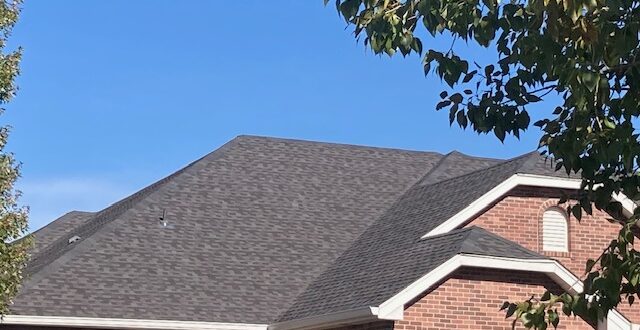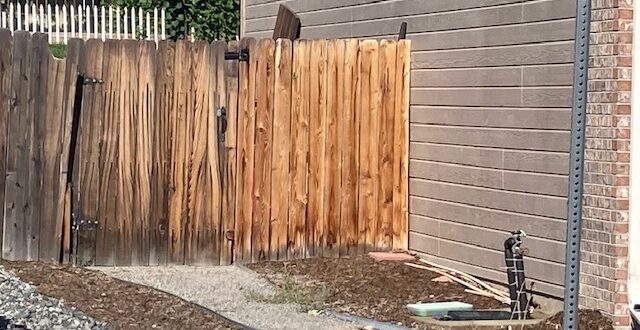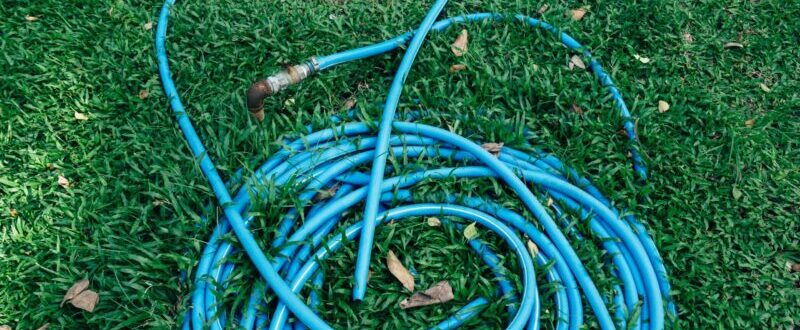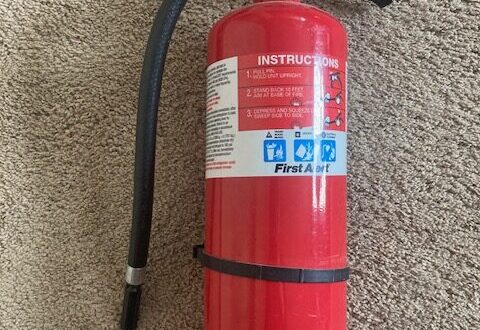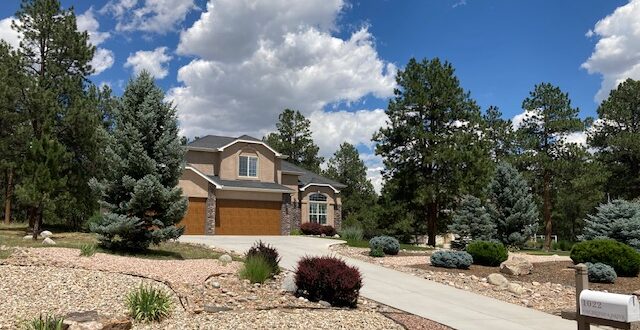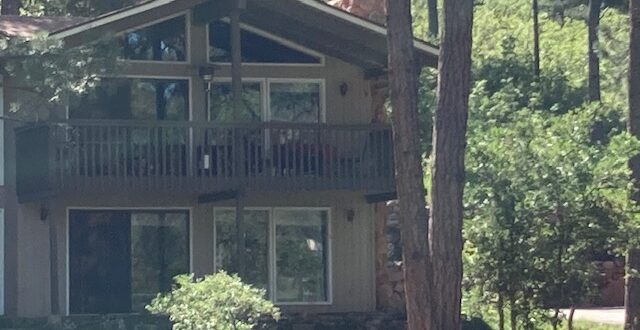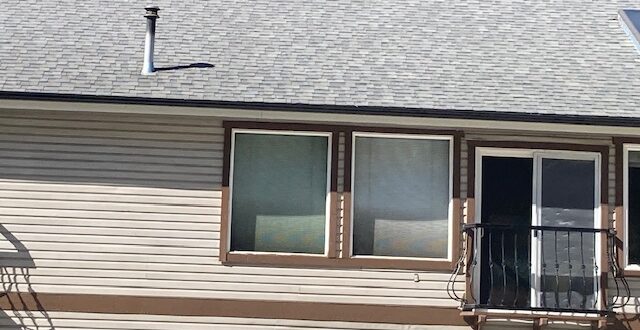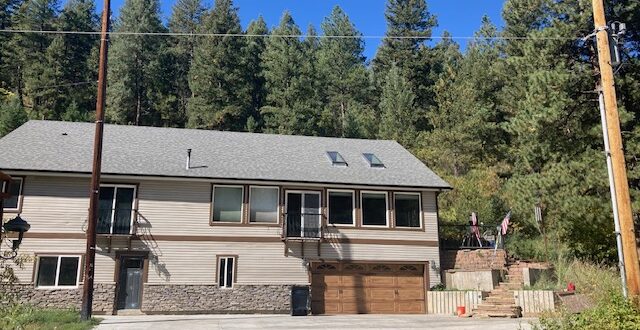Fire mitigation and gutters. Contact Colorado mastication for scrub oak removal, brush clearing and tree removal. The material of gutters isn’t the only problem when it comes to wildfires. This part of the home collects a lot of debris as well as water, leading to fuel for the fires to spread. It’s important to make sure the materials are just right, but there are also maintenance steps you’ll need to take. Adding Gutters to the Home It could be worth replacing your gutters if you’re just moving into a property or you realize you haven’t replaced them in a while. If you’re building a new home, you’ll need to think about the material of the gutters anyway. You’ll usually find
(719) 400-9104
office@coloradomastication.com
When preparing your home for wildfires,do not forget to think about fences and other structures that you have on your property. You can do anything you want to make sure the structural aspect of your house is safe from fires, but it’s going to do nothing if you don’t make the rest of your property is safe. Enclosed spaces and fences are major problem areas if you don’t take care of them. Managing Enclosed Spaces Enclosed spaces include the likes of storage under the deck or patio, sheds, or other out-of-sight storage spaces around the home. It’s easy to forget all about them because they are out of sight, but you need to ensure there isn’t a buildup of flammable
You may already have a hose to water your garden. If you don’t, it’s something to think about. This isn’t just to keep the garden looking beautiful, but to also manage fires that are outside of the home. Commonly, you’ll find 50ft hoses outside. You want to get a 100ft hose attached to everything spigot around the home. It’s worth having everything already connected as having to connect will waste valuable time. You also want the hoses around the house as a 200ft run with a hose is hard. Even firefighters train for that job! What Size of Hose Do You Need? You’ll want to look for hoses that are 3/4in in diameter. Brass fastenings are going to be the
While you will do what you can to make your home safe in a structural sense and you’ll have a fire evacuation plan, you’ll also need to be ready to put out fires. Some fires start small and can be suppressed quickly, as long as you have the right tools. Fire extinguishers are a must. Have Multiple Fire Extinguishers Around the House Getting one isn’t going to be enough. Sure, it’s great for the kitchen, you need something for upstairs and even in the basement. You’ll want at least one on each level. You’ll also want them in each vehicle you have and an extra one in the garage. The more the better, but you don’t want all the same
For questions about fire mitigation on your property in Lakewood, call (719)400-9104. The exterior siding to your home will make a difference to the home burning quickly or not. It’s not as important as your windows and roofing, so you’ll want to make them the priority when it comes to costs. When you have the money, it’s worth upgrading your exterior siding to prepare for wildfires. The siding is going to be beneficial if a house or shed just 20ft away catches fire. The crown fires will affect the roof more than the side of the house. So, if you’re on the urban edge, having siding that is ignition resistant is worth considering. The Worst Choices for Exterior Siding Vinyl
For fire mitigation in Victor, call us at (719)400-9104. In fire mitigation plan there are a lot of things you need to consider, even doors. Your doors do more than just protect the entryway of your home from intruders. They also protect against fires. At least, they should. A good weather seal will make all the difference. The right materials for the door will also go a long way in slowing down the fires to be able to get everyone out safely. Which Materials Are Best for Doors? A lot of doors are now made of a composite material. There’s a fiberglass skin on the outside with a fire-resistant core. While they’re great for slowing down the spread of the
It’s important to prepare your home for wildfires. Even if you have just had it built with Class A rated products, there are limitations to the materials. Getting the rest of the home ready is essential. This is especially the case for decks. You may want cedar or redwood for decking. This looks beautiful, but they require a lot of maintenance. Then there’s pine, which is more durable but there are some chemical toxicity levels to consider. On top of all this, you’re looking at wood, which means it’s going to be easier to burn than other products. Treating Your Decks with the Right Products If you already have a wooden deck, you may just want to start from scratch
A lot of houses now aren’t built with a chimney. There aren’t so many people with fireplaces anymore. If you’ve decided to add one in, then you will need a chimney. You may have also bought an existing home with a chimney, whether the fireplace is real or not. Chimneys and stovepipes offer another way for fires to get into the home. It’s important that you take steps to prepare them against wildfires. Get Chimney Caps Immediately The first step to take is to get chimney caps. They should be made from galvanized steel or copper if you can, as these two metals have a higher melting point. If you want a cheaper option, aluminum is there but it’s not
With the rise of wildfires, getting the right material for construction is essential. California was the main driver for fire-resistant construction, and now many other states have followed. However, there are dozens of standards, which makes understanding the fire ratings difficult for many. Class A or Class I Products Class A or Class I products are considered the best for managing fire risks. They are treated with the most flame-resistant chemicals, making it much harder for them to start a fire. These products are tested for 10 minutes to make sure they don’t see flames. This isn’t a national standard, but it’s a good one for many companies to follow. Class B or Class II Products The next level up
Call (719)400-9104 to request fire mitigation estimate towards Douglas County’s wildfire mitigation cost-sharing program/2024. Wildfires continue to be a major concern for much of the world, especially in Colorado. The best thing you can do is to mitigate for wildfires, but this can get expensive. With the cost of living going up, more and more people are looking to save money. The problem is saving money by not mitigating for wildfires isn’t a way to save money. It’s going to cost more in the future, and it puts a lot of lives in danger. Douglas County recognizes that, which is why it’s looking at ways to help with the costs. One of those is by bringing in a cost-share program.
